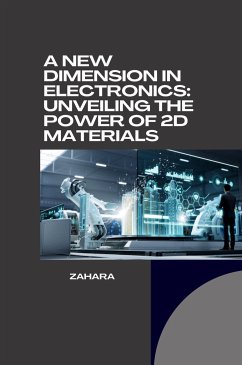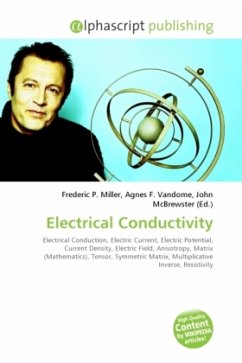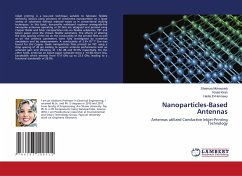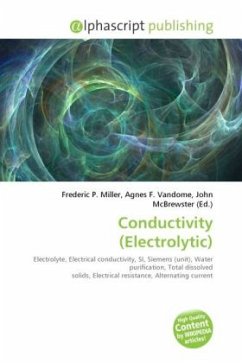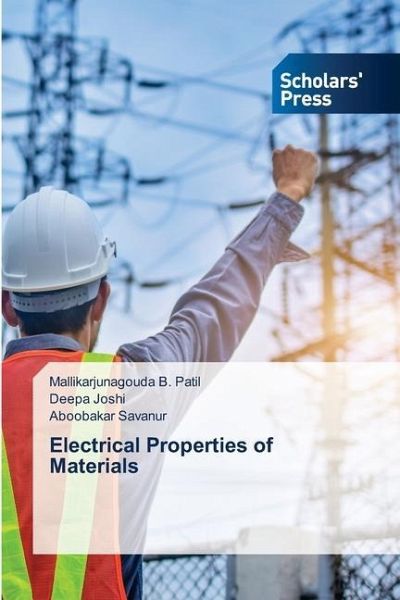
Electrical Properties of Materials
Versandkostenfrei!
Versandfertig in 6-10 Tagen
34,99 €
inkl. MwSt.

PAYBACK Punkte
17 °P sammeln!
We only need to look at the numbers to truly understand the degree of chaos present within a metal. At room temperature, a single electron in copper has a theoretical maximum speed of 1570 km/s, which is faster than the speed of sound in the air! Even though this electron is travelling at extremely high speeds, it will soon collide with another electron and be propelled in the opposite direction, covering absolutely no ground. Even with a power source, the internal chaos of a metal prevents an electron from covering more than 23 micrometres in a second, or roughly the width of a human hair. Th...
We only need to look at the numbers to truly understand the degree of chaos present within a metal. At room temperature, a single electron in copper has a theoretical maximum speed of 1570 km/s, which is faster than the speed of sound in the air! Even though this electron is travelling at extremely high speeds, it will soon collide with another electron and be propelled in the opposite direction, covering absolutely no ground. Even with a power source, the internal chaos of a metal prevents an electron from covering more than 23 micrometres in a second, or roughly the width of a human hair. The electron runs into obstacles so frequently that the average distance it is able to traverse is pitiful. Given this, it may appear that electricity is a very inefficient way to transfer energy, and there is a case to be made for this. Because there are so many electrons moving through a wire, even if each one follows a meandering, snaking path, the sheer number of them creates a powerful energy transmission.




